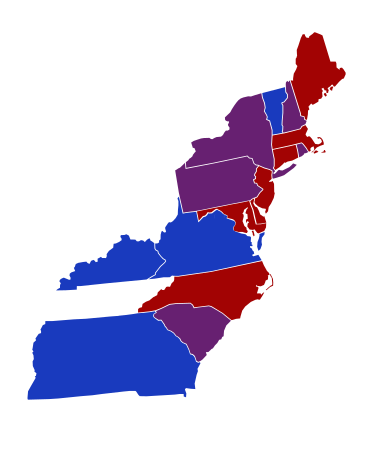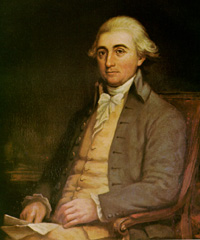| 2nd United States Congress | |
|---|---|
1st ← → 3rd | |
 Congress Hall (2007) | |
March 4, 1791 – March 3, 1793 | |
| Members | 26–30 senators 65-69 representatives |
| Senate majority | Pro-Administration |
| Senate President | John Adams (P) |
| House majority | Pro-Administration |
| House Speaker | Jonathan Trumbull Jr. (P) |
| Sessions | |
| Special [a] : March 4, 1791 – March 4, 1791 1st: October 24, 1791 – May 8, 1792 2nd: November 5, 1792 – March 2, 1793 | |


The 2nd United States Congress, consisting of the United States Senate and the United States House of Representatives, met at Congress Hall in Philadelphia, Pennsylvania, from March 4, 1791, to March 4, 1793, during the third and fourth years of George Washington's presidency. The apportionment of seats in the House of Representatives was based on the provisions of Article I, Section 2, Clause 3 of the United States Constitution. Additional House seats were assigned to the two new states of Vermont and Kentucky. Both chambers had a Pro-Administration majority.
Contents
- Major events
- Major legislation
- States admitted
- Constitutional amendments
- Party summary
- Senate
- House of Representatives
- Leadership
- Senate 2
- House of Representatives 2
- Members
- Senate 3
- House of Representatives 3
- Membership changes
- Senate 4
- House of Representatives 4
- Committees
- Senate 5
- House of Representatives 5
- Joint committees
- Employees
- Senate 6
- House of Representatives 6
- See also
- Notes
- References
- External links








